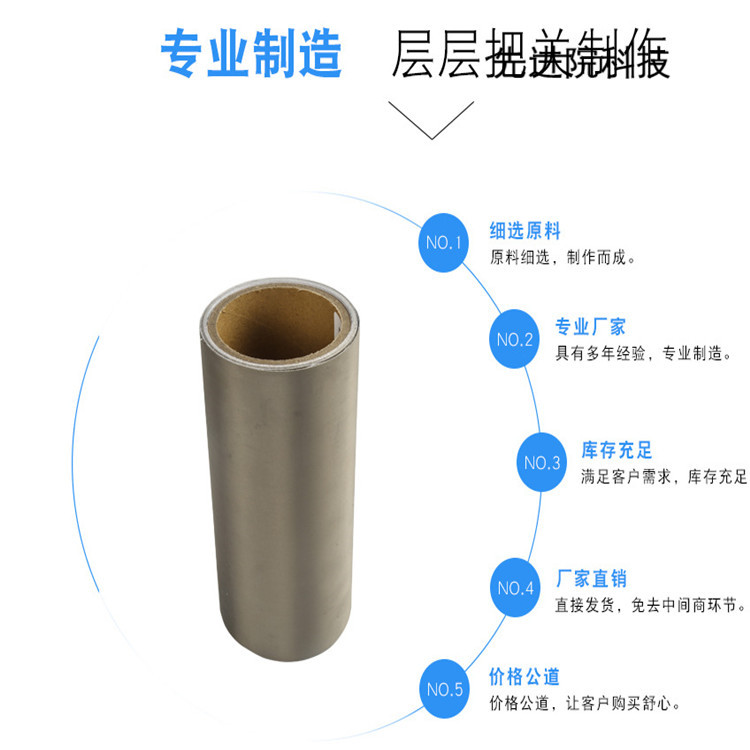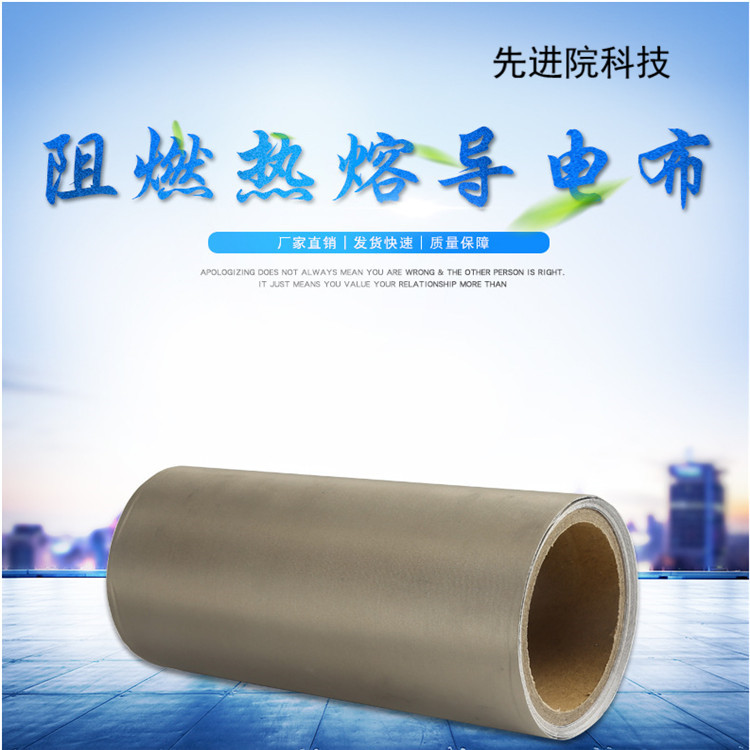

Hotline:0755-22277778
Tel:0755-22277778
Mobile:13826586185(Mr.Duan)
Fax:0755-22277776
E-mail:duanlian@xianjinyuan.cn
What is absorbing material?
definition
so-calledAbsorbing materialA type of material that can absorb or significantly reduce the electromagnetic wave energy received on its surface, thereby reducing the interference of electromagnetic waves. In engineering applications, in addition to requiring absorbing materials to have high absorption rates for electromagnetic waves in a wide frequency band, it is also required to have lightweight, temperature resistance, moisture resistance, corrosion resistance, and other properties.
introduce
With the development of modern science and technology, the impact of electromagnetic radiation on the environment is increasing day by day. Being delayed at the airport or flight due to electromagnetic interference that prevents takeoff; In hospitals, mobile phones often interfere with the normal operation of various electronic diagnostic and therapeutic instruments. Therefore, addressing electromagnetic pollution and finding a material that can resist and weaken electromagnetic radiation - absorbing materials - has become a major topic in materials science.
1.2 Electromagnetic radiation causes direct and indirect harm to the human body through thermal, non thermal, and cumulative effects. Research has confirmed that ferrite absorbing materials have the best performance, with characteristics such as high absorption frequency band, high absorption rate, and thin matching thickness. Applying this material to electronic devices can absorb leaked electromagnetic radiation and achieve the goal of eliminating electromagnetic interference. According to the law of electromagnetic waves propagating from low magnetism to high permeability in a medium, high permeability ferrite is used to guide electromagnetic waves. Through resonance, a large amount of radiation energy of electromagnetic waves is absorbed, and then the energy of electromagnetic waves is converted into thermal energy through coupling.
When designing absorbing materials, two issues should be considered: 1) When electromagnetic waves encounter the surface of the absorbing material, they should pass through the surface as completely as possible to reduce reflection; 2) When electromagnetic waves enter the absorbing material, the energy of the electromagnetic waves should be dissipated as much as possible.
Characteristics and Applications of Absorbing Materials
characteristic
Absorbing materials refer to a type of material that can absorb the energy of electromagnetic waves projected onto its surface. Through various loss mechanisms of the material, the incident electromagnetic waves are converted into thermal energy or other forms of energy to achieve the purpose of absorbing electromagnetic waves. In engineering applications, in addition to requiring absorbing materials to have high absorption rates for electromagnetic waves in a wide frequency band, they also require properties such as temperature resistance, moisture resistance, lightweight, and corrosion resistance. The absorption effect of absorbing materials is determined by various electromagnetic mechanisms inside the medium, such as resonance absorption, electron diffusion, micro eddy currents, and so on.
Soft and non fragile, lightweight, easy to process and cut, convenient to use, can be installed in small spaces
The product needs to be bonded or pressed onto a metal substrate to achieve good absorption effect
The product can correspond to a variety of sizes and shapes
High temperature resistance and good flexibility
• Halogen free, lead-free, compliant with RoHs instructions
Product application:
Can be used as a noise countermeasure for flexible cables for mobile devices. (Laptops, game consoles, handheld devices, etc.)
Reduce the radiation noise of various electronic devices. (Noise generated by CPU, etc.)
Reduce the electromagnetic radiation (SAR) of mobile phones on the human body.
Reduce internal EMI (resonance, crosstalk) within the shielding frame.
Reduce the coupling conducted radiation interference between low frequencies and minimize the low-frequency echo interference.
Application of absorbing materials


1. Can be used inside electronic device cavities such as laptops, mobile phones, and communication cabinets.
2. Can be used to reduce radiation and noise from various electronic devices.
3. Can reduce coupling conducted radiation interference between low frequencies and minimize low-frequency echo interference
4. Can reduce internal EMI (resonance, crosstalk) within the barrier frame.
5. Applied between chips and heat dissipation modules.
6. Application of EMI/RFI: EMI(Electro MagneTIc Interference): Translated as electromagnetic wave interference. The three elements of electromagnetic wave interference are interference source, interference propagation path, and sensitive equipment. Interference sources refer to electronic devices or systems that generate electromagnetic interference, which can propagate through cables, space, etc. Sensitive devices refer to electronic devices or systems that are easily affected by electromagnetic interference. RF Interference: Radio frequency is a high-frequency alternating current, commonly known as electromagnetic waves. Radio frequency interference is the interference caused by electromagnetic waves. Two electromagnetic waves with similar frequencies will be simultaneously received by the receiver, causing interference. There will be harmonic interference near the transmitter. Interference with other receiving devices. Electromagnetic waves at the same frequency can interfere with radio stations.

Advanced Institute (Shenzhen) Technology Co., Ltd, © two thousand and twenty-onewww.leird.cn. All rights reservedGuangdong ICP No. 2021051947-1 © two thousand and twenty-onewww.xianjinyuan.cn. All rights reservedGuangdong ICP No. 2021051947-2